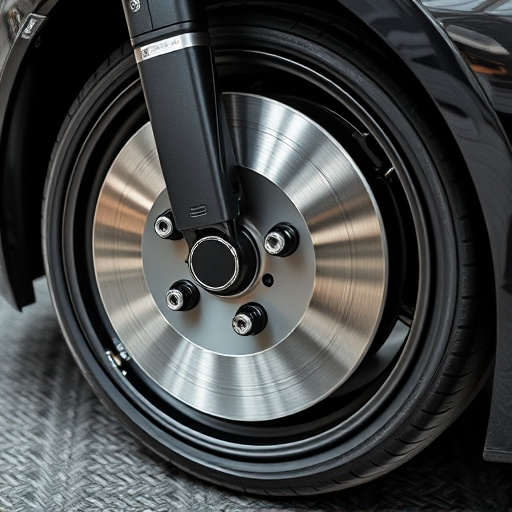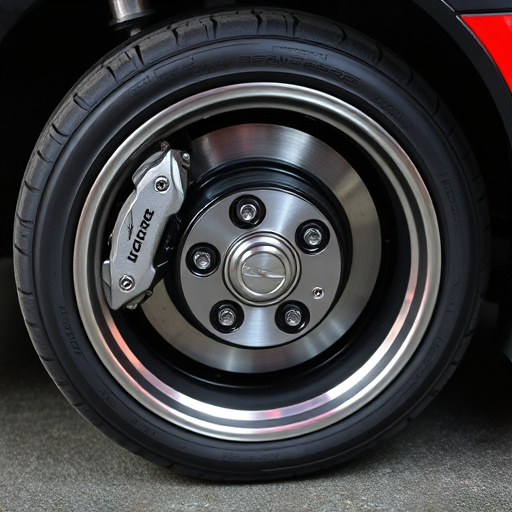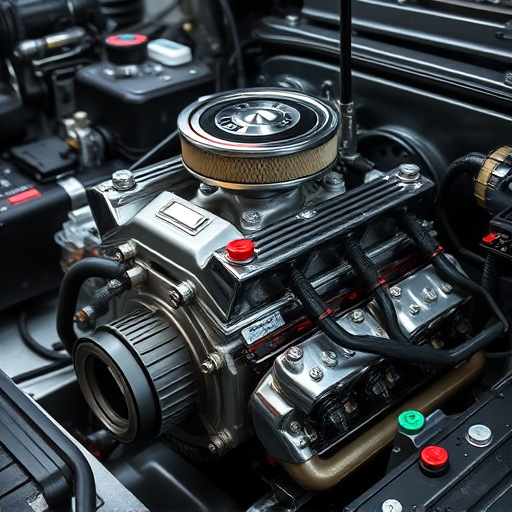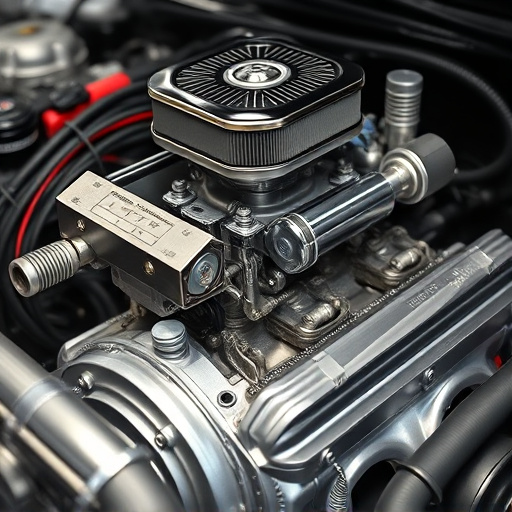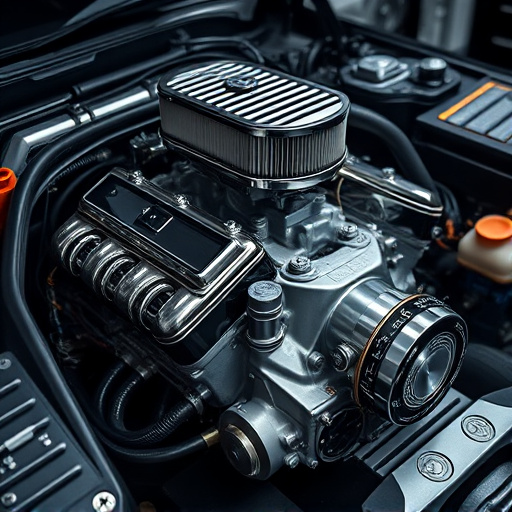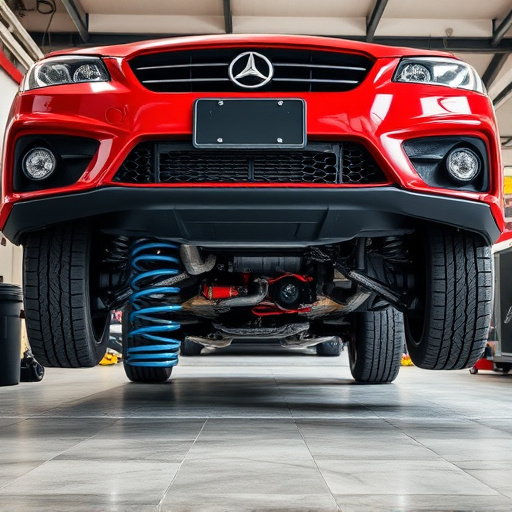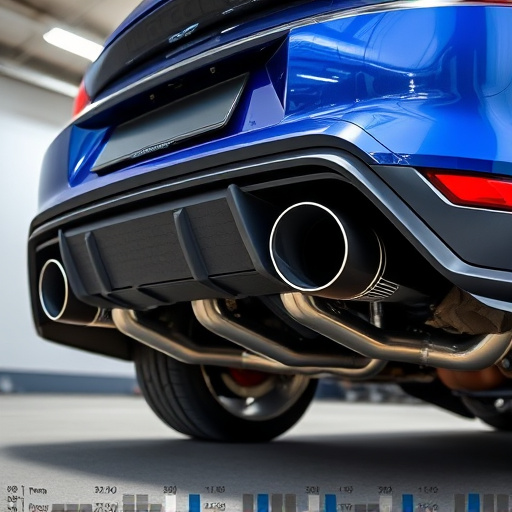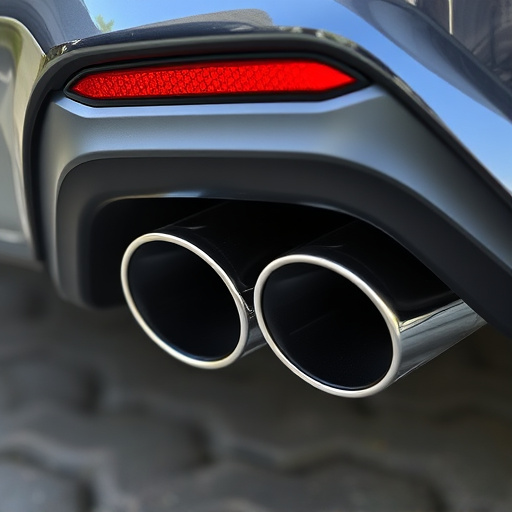Lowering springs are automotive tuning components that enhance high-speed performance by adjusting vehicle height and posture, lowering the center of gravity. They significantly improve handling and stability, optimizing weight transfer dynamics for smoother cornering and increased responsiveness. Popular among car enthusiasts, these springs can compromise ride quality on rough terrain, necessitating balancing performance gains with daily comfort. Ensuring compatibility with other upgrades like exhaust systems and brake pads is crucial for optimal results, requiring professional installation for safety.
“Unleash your vehicle’s true potential with lowering springs—a simple yet powerful modification. This article delves into the fundamentals of these automotive components, revealing how they transform your ride’s handling at high speeds.
We explore the science behind lowering springs, their distinct advantages in enhancing cornering and stability, and their role in improving overall control. Moreover, we guide you through implementation considerations, ensuring a smooth transition to a more responsive, agile driving experience.”
- Understanding Lowering Springs: The Basics
- How Lowering Springs Enhance High-Speed Control
- Benefits and Considerations for Implementation
Understanding Lowering Springs: The Basics
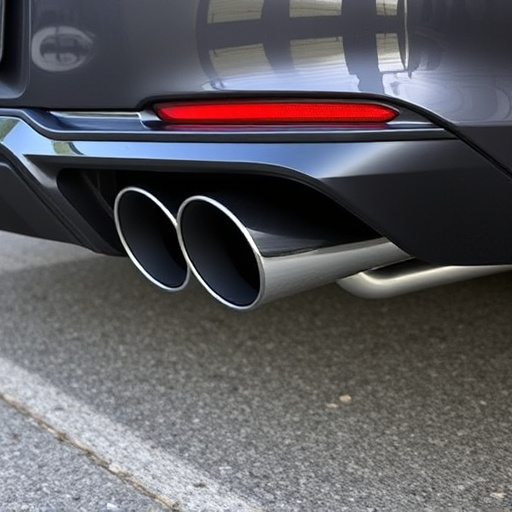
Lowering springs are a fundamental component in automotive tuning aimed at enhancing vehicle performance, especially during high-speed driving. These specialized springs work by adjusting the height and posture of a car, lowering its center of gravity. This simple adjustment can significantly impact handling and stability, allowing for better control on winding roads or race tracks. By reducing the vertical distance between the wheels and the ground, lowering springs improve weight transfer dynamics during cornering, ensuring smoother turns and increased responsiveness.
This modification is particularly popular among car enthusiasts seeking to optimize their vehicles for speed and agility. It’s worth noting that while lowering springs offer performance benefits, they can also affect the ride quality and comfort, especially on rough terrain. Therefore, when considering this upgrade, it’s crucial to balance performance gains with the need for a smooth ride, especially if your vehicle is frequently used for daily commuting or long-distance travel alongside high-performance driving. Additionally, ensuring compatibility with other modifications, such as updated exhaust systems or upgraded brake pads, is essential for achieving the best results.
How Lowering Springs Enhance High-Speed Control
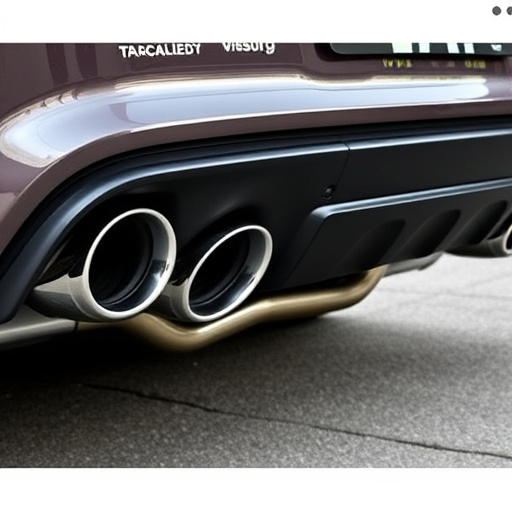
Lowering springs play a pivotal role in enhancing high-speed control for vehicles. By adjusting the ride height, these springs help to lower the center of gravity, improving overall stability and balance. This is particularly crucial during high-performance driving, where cornering and rapid maneuvers demand precise control. A lowered vehicle has enhanced downforce, enabling better grip on the road surface, especially at speed.
Additionally, lowering springs can optimize the alignment of critical components like exhaust tips and brake systems (including performance brakes). Correct alignment ensures these parts function optimally, further refining the car’s handling dynamics. The result is improved braking capabilities, quicker direction changes, and enhanced overall control, making high-speed driving safer and more responsive.
Benefits and Considerations for Implementation
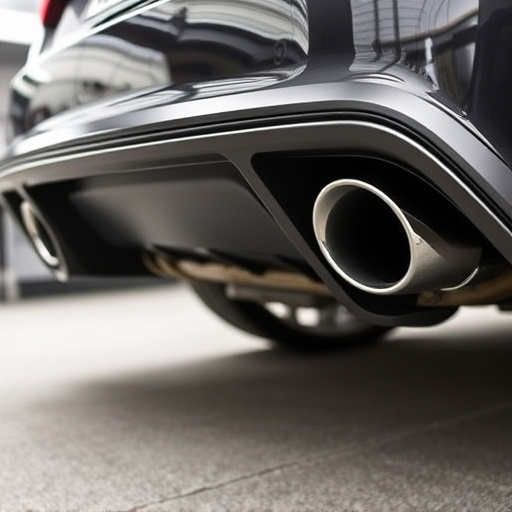
Lowering springs offer a range of benefits for vehicle owners seeking better control and performance at high speeds. By adjusting the ride height, these springs enhance the car’s agility, improving cornering capabilities and providing a more responsive steering experience. This is particularly advantageous for sports car enthusiasts who demand precision and stability during high-speed drives.
When implementing lowering springs, several considerations come into play. Firstly, it’s crucial to choose springs tailored to your vehicle model and desired ride height. Upgrading suspension kits or modifying air intake systems might be necessary to ensure compatibility and optimal performance. Additionally, keeping exhaust mufflers in good condition is essential as modified springs can impact exhaust flow. Proper installation by experienced mechanics is recommended to avoid damage and maintain safety standards.
Lowering springs represent a significant advancement in vehicle tuning, offering enhanced control and stability at high speeds. By adjusting the ride height and improving weight distribution, these springs allow drivers to navigate corners with greater precision and confidence. As the demand for faster, more agile vehicles continues to grow, lowering springs are becoming an increasingly popular choice for enthusiasts and professionals alike. When properly installed and considered in terms of vehicle dynamics, lowering springs can provide a game-changing improvement in overall driving performance.






